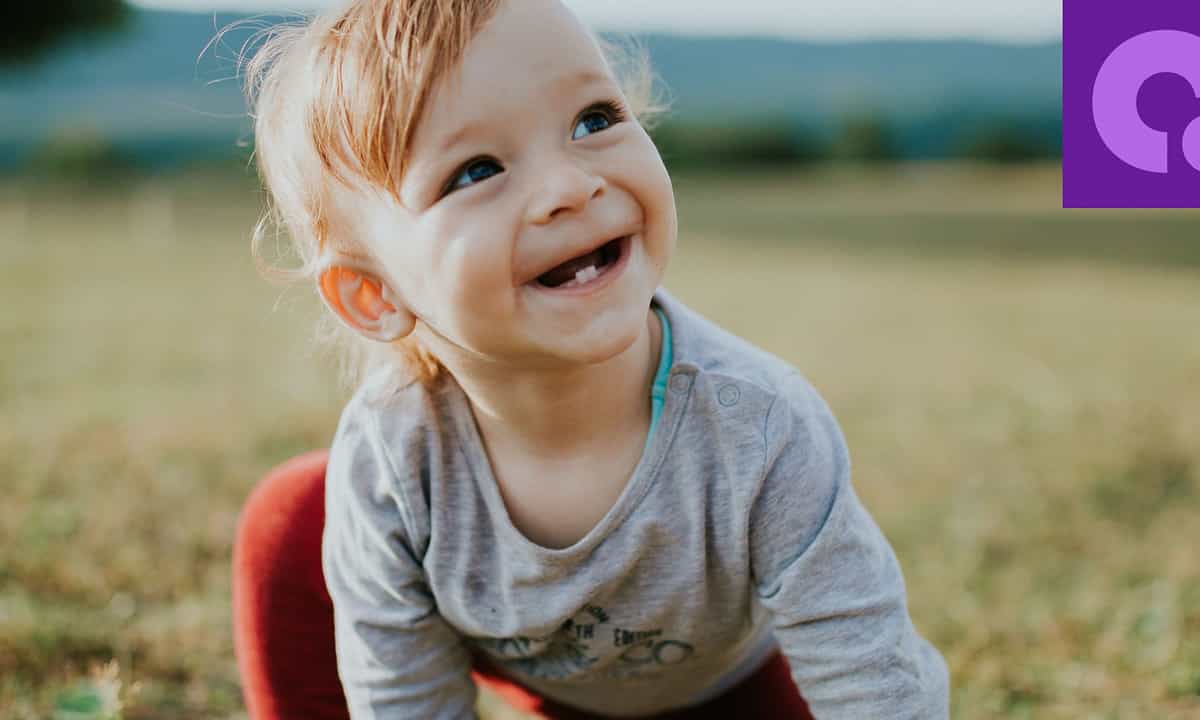Welcome, parents and caregivers, to the world of yoga for kids! In today’s fast-paced and technology-driven world, it’s more important than ever to provide our little ones with tools for physical and mental well-being. That’s where yoga comes in—a holistic practice that benefits people of all ages, including our energetic and imaginative children. In this article, we’ll dive into the wonderful world of yoga for kids, exploring its benefits, age-appropriate poses, and creative ways to make it a fun and engaging activity for your little yogis.
Benefits of Yoga for Kids:
Yoga offers a multitude of benefits for children, promoting their physical, mental, and emotional well-being. Let’s explore some of the remarkable advantages of yoga for kids:
- Physical Development: Yoga poses, or asanas, help children develop strength, flexibility, and balance. Through regular practice, they enhance their coordination, body awareness, and motor skills. Yoga also improves posture and alignment, which are crucial for growing bodies.
- Stress Relief: Children experience stress too, whether it’s from school, social pressures, or other challenges they face. Yoga provides a healthy outlet for stress release by incorporating breathing techniques, relaxation exercises, and mindfulness practices. These techniques help children relax, calm their minds, and reduce anxiety.
- Emotional Well-being: Yoga empowers children to connect with their emotions and develop emotional intelligence. By practicing mindfulness and being present in the moment, children learn to recognize and manage their feelings in a healthy way. They gain a sense of self-awareness, empathy, and resilience.
- Concentration and Focus: In our fast-paced world, maintaining focus can be challenging for children. Yoga cultivates concentration and focus through mindful movements and breathing exercises. Regular practice helps improve attention span, memory, and cognitive abilities.
- Self-Confidence: Yoga encourages children to explore their bodies’ capabilities and celebrate their individual progress. As they master new poses and overcome challenges, their self-confidence grows. Yoga also promotes self-acceptance and body positivity, fostering a positive self-image.
- Social Interaction: Yoga classes and group practices provide opportunities for children to interact with their peers, fostering social skills and cooperation. Partner poses and group activities promote teamwork, communication, and respect for others. Yoga creates a supportive and inclusive environment where children can build friendships and feel a sense of belonging.
- Mind-Body Connection: Yoga emphasizes the connection between the mind and body. Children learn to listen to their bodies, understand their physical sensations, and respond to their needs. This awareness promotes self-care and a deeper understanding of the body’s signals.
- Better Sleep: Many children struggle with sleep-related issues. Yoga offers relaxation techniques that can improve the quality of sleep. The calming effects of yoga help children unwind before bedtime, reduce restlessness, and promote a more peaceful and restorative sleep.
- Improved Resilience: Yoga teaches children to embrace challenges, persevere, and bounce back from setbacks. It cultivates resilience and a growth mindset, empowering children to face obstacles with a positive and determined attitude.
- Creativity and Imagination: Yoga encourages children to use their imagination and creativity. Story-based yoga and animal-inspired poses spark their creativity, allowing them to express themselves through movement and play. This enhances their cognitive development and nurtures their innate sense of wonder.
Overall, yoga offers a holistic approach to nurturing the well-being of children. From physical development to emotional resilience, concentration to self-confidence, yoga provides a multitude of benefits that support their overall growth and happiness. By introducing yoga into their lives, we empower children with valuable tools for a healthy and balanced future.
Animal-Inspired Yoga:
One engaging approach to yoga for kids is incorporating animal-inspired poses. From downward dog to cobra pose, children can imitate the movements and characteristics of their favorite animals.
This approach sparks their imagination, enhances creativity, and encourages them to explore different body shapes and postures. It’s a playful and interactive way to introduce yoga to young children.
Story-Based Yoga:
Story-based yoga combines the power of storytelling with yoga poses. Children embark on imaginative journeys as they follow a narrative and perform corresponding poses. For example, they may become a tree in a forest or a butterfly fluttering through a garden.
This approach nurtures their imagination, improves focus, and strengthens their mind-body connection. It also allows them to develop their storytelling skills and express their emotions through movement.
Partner Yoga:
Partner yoga brings an element of collaboration and connection to the practice. Children can practice yoga poses with a friend, sibling, or parent, fostering teamwork and building strong bonds.
Partner poses encourage communication, trust, and cooperation while deepening the stretch and creating a sense of fun. It’s a wonderful way to strengthen relationships and create shared memories through the joy of yoga.
Mindfulness Exercises:
Introducing mindfulness exercises to children’s yoga sessions can have a profound impact on their well-being. These exercises focus on deep breathing, relaxation techniques, and guided visualizations. Mindfulness helps children develop self-awareness, manage stress, and cultivate a sense of calmness.
It provides them with valuable tools to navigate challenges, regulate their emotions, and find moments of peace and stillness in their daily lives.
Age-Appropriate Poses:
When practicing yoga with children, it’s important to choose age-appropriate poses that suit their developmental stage. Younger children may enjoy simple poses like cat-cow, butterfly, or tree pose, while older children can explore more challenging poses like warrior, bridge, or the sun salutation sequence.
It’s essential to ensure the poses are safe, enjoyable, and adaptable to each child’s abilities.
Comparing Different Approaches to Yoga for Kids
| Approach | Description | Benefits |
|---|---|---|
| Animal-inspired yoga | Poses imitate animals and their movements | Enhances creativity and body awareness |
| Story-based yoga | Incorporates storytelling with yoga poses | Develops imagination and focus |
| Partner yoga | Involves practicing yoga poses with a partner | Encourages teamwork and connection |
| Mindfulness exercises | Introduces relaxation and breathing techniques | Promotes calmness and self-awareness |
Conclusion:
Yoga for kids is a remarkable way to nurture their physical health, mental well-being, and vibrant imaginations. Whether they are imitating animals, embarking on story-based journeys, practicing with a partner, or engaging in mindfulness exercises, the benefits are abundant. Yoga instills valuable life skills such as self-awareness, focus, creativity, and resilience.
So, let’s unroll our mats, strike a pose, and join our little yogis on a journey of growth, discovery, and joy. Together, we can create a healthier and happier future for our children—one yoga pose at a time. Namaste!
Originally posted 2023-05-24 23:21:31.




